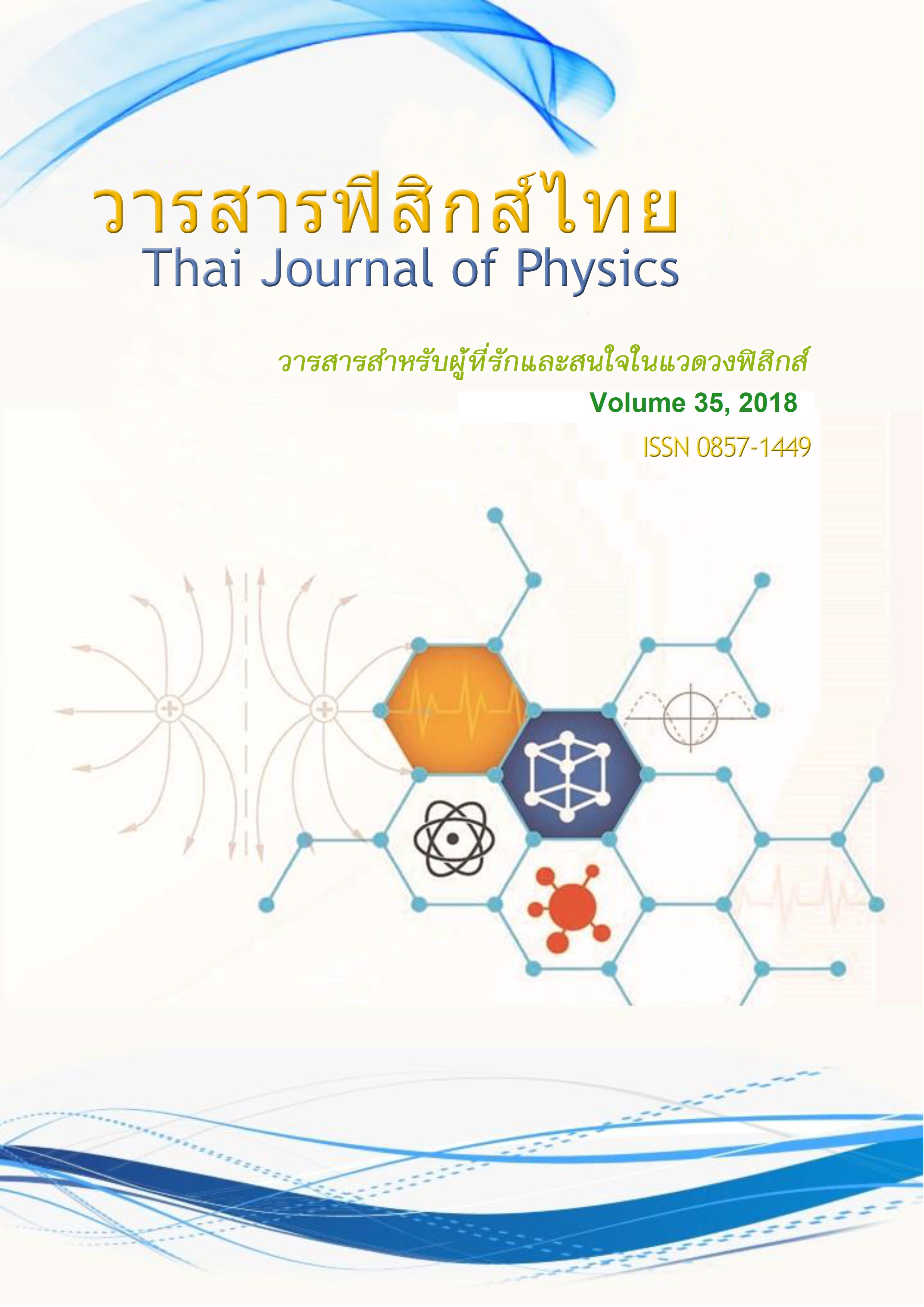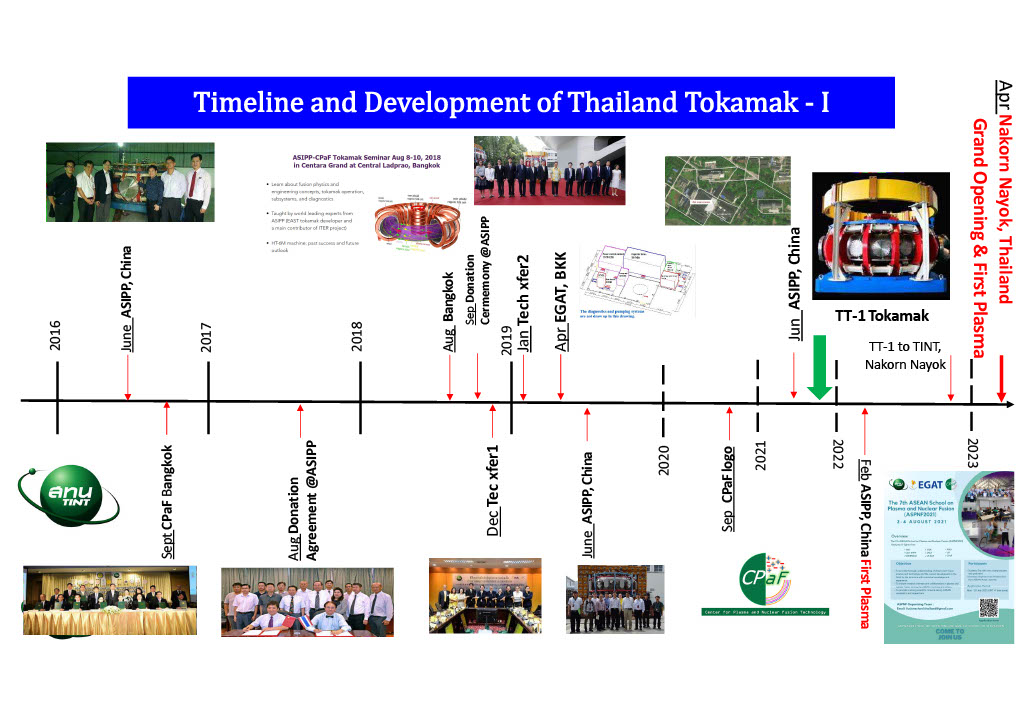Effect of Coaxial Dielectric Barrier Discharge Reactor Configuration on CO2 Decomposition
Abstract
For four decades the dielectric barrier discharges (DBDs) has been well-known non-thermal plasma discharges for various applications in science and environment concern such as ozone synthesis, gas decomposition and conversion, air pollution control, excimer laser, material and film surface modifications etc. Thus, the main objective of this present work was to study effect of reactor electrodes configuration on CO2 decomposition. The quartz coaxial tube was designed as DBD plasma reactor for decomposition of gas. The outer electrode and inner electrode was made of thin flat copper sheet and stainless-steel rod, respectively. The electrical discharge gap between both of electrodes was fixed at 0.5 mm. The argon plasma discharge was generated by a high AC voltage (0-8 kV) with fixed frequency of 7.8 kHz. The inlet mixed gas ratio, discharge gap, applied voltage, outer electrode length, step of gas discharges and inlet gas flow rate was varied in each operating condition. The results showed that percentages of CO2 conversion relatively decreased with increase of mixing ratio of CO2:Ar and inlet mixing gas flow rate. In controversy, percentage increase of CO2 conversion significantly related to high voltage supply. Furthermore, the high percentage of CO2 conversion (47.2%) has been obtained at 1.3 mm electrical discharge gap.



